Digital Marketing Strategies and Services: Promoting Your Business Online
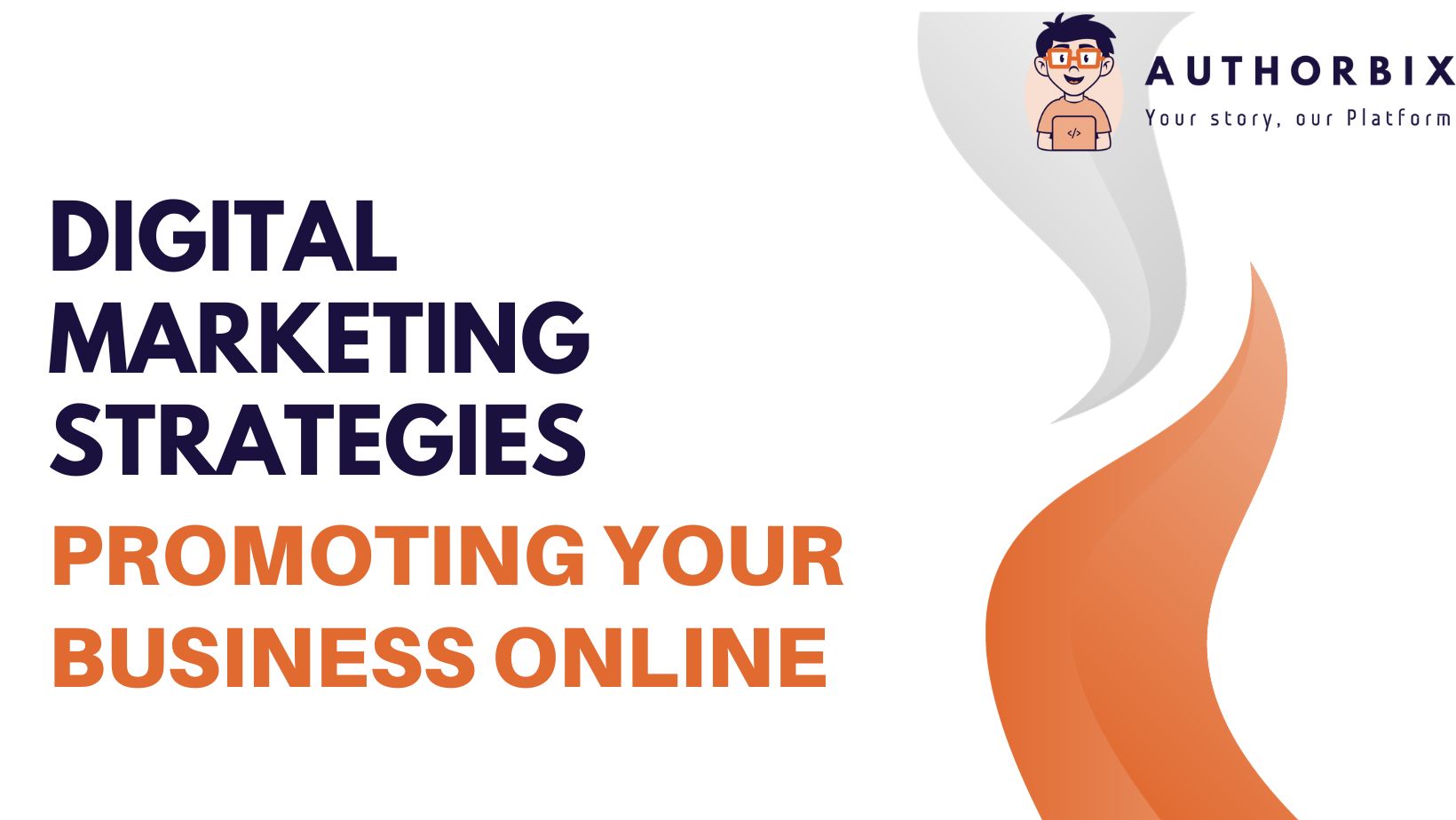
Promoting products, services, or brands through digital technologies such as the Internet, social media, search engines, mobile devices, and other digital channels is known as digital marketing. Reaching and interacting with target audiences, generating conversions, and increasing brand awareness involves various methods and tactics.
It contains various digital marketing services and platforms that help promote your business in your desired industry.
Table of Contents
ToggleThese services included in Digital Marketing:
- Google Ads
- Online Reputation
- Influencer Marketing
- SEO Services
- Social Media Optimization
- Content Writing Services
Google Ads:
Make Ads Yours
Google Ads, formerly known as Google AdWords, is an advertising platform provided by Google that allows businesses to create and display ads on Google search results pages, YouTube, and other websites across the internet.
Here are the key elements and steps involved in creating a campaign:
- Set up your account: The first step is creating and setting up your billing information.
- Define your goals: You need to define your advertising goals, such as increasing website traffic, generating leads, or boosting sales.
- Choose your campaign type: It offers several campaign types, including search, display, video, shopping, and app campaigns. You need to choose the type that best aligns with your advertising goals.
- Define your target audience: You need to define your target audience by specifying their demographics, interests, and behaviors.
- Create your ad groups: You must create ad groups containing keywords and ads relevant to your target audience.
- Create your ads: You need to create high-quality ads that are tailored to your target audience and aligned with your advertising goals. This could include text ads, image ads, or video ads.
- Set your budget: You need to set a daily budget for your campaigns and choose your bidding strategy.
- Launch your campaign: Once you have set up your campaign, you can launch it and start displaying your ads to your target audience.
- Monitor and optimize your campaigns: You need to continuously monitor your campaigns and optimize them based on the results you are achieving. This could involve adjusting your bids, refining your targeting, or tweaking your ad messaging.
PROCESS:
It can be a powerful way to reach your targeted audience and achieve your advertising goals. However, the process of running a successful Ads campaign requires careful planning, targeting, and optimization to maximize your return on investment.
It’s essential to continuously monitor and adjust your campaigns based on the results you are achieving to ensure your advertising goals.
The process of setting up and running a Google Ads campaign involves several key steps:
- Account setup: Create a Google Ads account and set up billing information.
- Define campaign goals: Determine what you want to achieve with your campaign, such as increasing website traffic, generating leads, or boosting sales.
- Choose campaign type: Select the type of campaign that aligns with your goals, such as search, display, video, shopping, or app.
- Define target audience: Determine whom your target audience is by specifying their demographics, interests, and behaviors.
- Keyword research: Conduct keyword research to identify the search terms and phrases your target audience is using.
- Create ad groups: Organize your keywords into ad groups and create ads that are tailored to each group.
- Set budget and bids: Set a daily budget and choose a bidding strategy that aligns with your goals.
- Launch: By launching your campaign and start displaying your ads to your target audience.
- Monitor and optimize: Continuously monitor your campaign and adjust your bids, targeting, and ad messaging to improve performance.
- Track and analyze results: Use Google Ads reporting tools to track and analyze campaign performance, including click-through rates, conversion rates, and return on investment.
- Refine and improve: Based on the results you are achieving, refine and improve your campaign over time to achieve your advertising goals more effectively.
There are several benefits of using Google Ads as an advertising platform:
It can be a powerful way to reach your target audience and achieve your advertising goals. It offers a range of benefits, including increased visibility, targeted advertising, cost-effectiveness, measurable results, flexibility, ad formats, and reach.
- Increased visibility: It allows your business to appear at the top of Google search results, increasing visibility and exposure to potential customers.
- Targeted advertising: It allows you to target specific audiences based on their demographics, interests, and behaviors, increasing the chances of reaching your ideal customer.
- Cost-effective: It operates on a pay-per-click (PPC) model, meaning you only pay when someone clicks on your ad. This allows you to control your advertising costs and maximize your return on investment.
- Measurable results: It provides detailed reporting and analytics, allowing you to track the performance of your ads and adjust your campaigns based on the results you are achieving.
- Flexibility: It allows you to customize your campaigns based on your goals, budget, and target audience, giving you the flexibility to create campaigns that align with your specific needs.
- Ad formats: It offers various ad formats, including text ads, image ads, and video ads, allowing you to choose the format that best suits your advertising goals and message.
- Reach: With over 90% of global internet search traffic, it offers unparalleled reach, allowing you to target customers across the globe.
ONLINE REPUTATION:
Beyond Your Potential
Online reputation refers to how a person or business is perceived by others online. It’s a reflection of the opinions, attitudes, and beliefs that people have about you or your business based on your online presence, activities, and interactions.
In today’s digital age, it has become increasingly important as more and more people rely on the internet to research and make purchasing decisions. A positive online presence can help build trust, credibility, and loyalty, while a negative reputation can damage your brand, reputation, and bottom line.
Some of the key factors that can impact your online reputation include:
- Online reviews: Positive reviews can help build trust and credibility, while negative reviews can damage your reputation.
- Social media: Social media platforms like Facebook, Twitter, and LinkedIn can be powerful tools, but negative posts or comments can quickly damage your reputation.
- Search engine results: Search engine results can have a significant impact, with negative results appearing at the top of the search results likely to damage your reputation.
- Content marketing: Creating valuable, high-quality content that engages and educates your target audience can help build your online presence as a thought leader in your industry.
- Online advertising: Online advertising can help increase brand awareness and drive traffic to your website, but negative ads or messaging can damage your reputation.
The process can be broken down into several key steps:
- Monitor your online presence: The first step is to monitor what people are saying about you or your brand online. This includes regularly checking review sites, social media platforms, and search engine results.
- Respond to feedback: Once you have identified feedback about your brand online, it’s important to respond in a timely and professional manner. This includes addressing negative feedback, thanking customers for positive feedback, and constructively engaging with your audience.
- Build positive content: Creating and sharing positive content that showcases your brand’s values, products, and services can help build a positive online reputation. This can include blog posts, social media updates, and multimedia content like videos or infographics.
- Manage negative content: Negative content can quickly damage your online presence, so it’s important to manage negative comments and reviews proactively and professionally. This may involve addressing negative feedback publicly or privately or taking steps to remove or mitigate negative content from search engine results.
- Monitor your competitors: Monitoring your competitors’ can provide valuable insights into industry trends and best practices. It can also help you identify potential threats.
- Continuously evaluate and adjust your strategy: Management is an ongoing process that requires continuous evaluation and adjustment. Regularly reviewing your online presence and adjusting your strategy, you can ensure that your online presence remains positive and effective.
It requires a proactive and strategic approach that involves monitoring your online presence, responding to feedback, building positive content, managing negative content, monitoring your competitors, and continuously evaluating and adjusting your strategy.
BENEFITS:
It can have several benefits for individuals and businesses, including:
- Increased trust and credibility: A positive online presence can help build trust and credibility with potential customers, partners, and other stakeholders. When people see positive reviews, testimonials, and other indications of a good reputation, they are more likely to view a brand as trustworthy and credible.
- Improved brand awareness and visibility: It can help increase brand awareness and visibility, making it easier for people to find and learn about a brand online. This can lead to more traffic, leads, and sales.
- Better customer relationships: Engaging with customers online and responding to feedback in a timely and professional manner can help build stronger customer relationships. You can foster loyalty and repeat business by showing that you care about their needs and concerns.
- Protection against negative sentiment: By proactively managing your online presence, you can identify and address negative feedback before it spreads, helping to protect your brand from the damaging effects of negative sentiment.
- Competitive advantage: A strong online presence can give businesses a competitive advantage over their rivals. When people see positive reviews, testimonials, and other indicators of a good reputation, they are more likely to choose a brand over its competitors.
Maintaining a positive online reputation requires a strategic approach that involves monitoring, managing, and responding to online feedback and interactions. By proactively managing your online reputation, you can build trust, credibility, and loyalty with your target audience, and protect your brand from negative online sentiment
INFLUENCER MARKETING:
There’s no better way
Influencer marketing is a type of marketing strategy that involves partnering with influential people in your industry or niche to promote your brand, products, or services to their audience. They can be bloggers, social media personalities, celebrities, or other individuals with a large and engaged following.
The process involves the following steps:
- Identity: The first step is to identify potential influencers in your industry or niche. This can be done through research on social media platforms, blog networks, and other online communities.
- Evaluate: Once you have identified potential influencers, it’s important to evaluate them based on factors like their reach, engagement rates, and alignment with your brand values and messaging.
- Reach out: After identifying and evaluating potential influencers, you can reach out to them to establish a partnership or collaboration. This can involve offering them free products or services, compensation, or other incentives to promote your brand.
- Collaborate: Once you have established a partnership with an influencer, you can work with them to develop content and campaigns that promote your brand to their audience. This can include sponsored posts, product reviews, and other types of content.
- Measure results: To evaluate the success of campaigns, it’s important to track metrics like engagement rates, click-through rates, and conversions. This can help you determine the ROI of your influencer marketing efforts and make adjustments as needed.
However, it’s important to choose influencers carefully and approach marketing as a long-term strategy that involves building authentic relationships with influencers and their audiences.
Several benefits to businesses, including:
The benefits can include increased brand awareness, reach, and credibility, as well as improved customer engagement and loyalty.
- Increased brand awareness: Partnering with influencers can help businesses reach a larger audience and increase their brand awareness. Influencers have dedicated followers who are interested in their content, and by partnering with them, businesses can tap into this audience and expose their brand to more people.
- Improved credibility and trust: Influencers are often seen as experts or authorities in their niche, and their endorsements can carry a lot of weight with their followers. By partnering with influencers, businesses can improve their credibility and build trust with potential customers.
- Higher engagement rates: Influencers have highly engaged followers who trust their recommendations and are more likely to engage with their content. By partnering with influencers, businesses can tap into this high engagement and increase their engagement rates.
- Access to new markets: Influencers often have followers in specific markets or demographics that businesses may not have been able to reach otherwise. By partnering with influencers, businesses can access new markets and expand their reach.
- Cost-effective: It can be a cost-effective way to reach a large audience. Compared to traditional advertising, influencer marketing can be less expensive and can provide higher engagement rates and more targeted reach.
The key elements included:
- Influencer selection: The first step is to identify and select the right influencers for your brand. This involves looking at factors such as audience size, engagement rate, and alignment with your brand values and messaging.
- Campaign objectives: It’s important to have clear campaign objectives when working with influencers. These objectives could include increasing brand awareness, driving website traffic, or boosting sales.
- Campaign messaging: Your campaign messaging should be tailored to the influencer’s audience and be consistent with your brand messaging. It’s important to work with the influencer to ensure that the messaging is authentic and aligned with their content style.
- Compensation and incentives: Influencers should be compensated fairly for their work, whether through payment or other incentives such as free products or services. The compensation and incentives should be negotiated upfront and be in line with industry standards.
- Campaign tracking and reporting: It’s important to track the success of your marketing campaign by monitoring metrics such as engagement rates, click-through rates, and conversions. This data can help you refine your campaign strategy and improve future campaigns.
- Legal and ethical considerations: It is subject to various legal and ethical considerations, such as disclosure requirements and endorsement guidelines. It’s important to stay up-to-date with these requirements and ensure that your campaigns are compliant.
By considering these key elements of influencer marketing, brands can develop effective campaigns that help them achieve their marketing objectives and build authentic relationships with influencers and their audiences.
SEO SERVICES:
Let’s crack a search
SEO (Search Engine Optimization) services are a set of techniques and strategies aimed at improving the visibility and ranking of a website on search engine results pages (SERPs).
Some common SEO services include:
- On-page optimization: This includes optimizing the website’s content, title tags, meta descriptions, and URL structure to make it more relevant to search queries.
- Off-page optimization: This includes building backlinks to the website from other high-authority websites to improve its domain authority and credibility.
- Technical SEO: This involves optimizing the website’s technical aspects, such as site speed, mobile responsiveness, and website architecture, to improve its performance and user experience.
- Keyword research and analysis: This involves identifying relevant keywords and phrases that users are searching for, and optimizing the website’s content around these keywords.
- Content marketing: This includes creating high-quality, relevant, and engaging content that can attract and retain users and improve the website’s search rankings.
- Local SEO: This involves optimizing the website for local search queries, such as “restaurants near me,” to improve its visibility in local search results.
- Analytics and reporting: This involves using tools such as Google Analytics to track the website’s performance, monitor traffic and engagement metrics, and adjust SEO strategies accordingly.
Some benefits included:
- Increased website traffic: It can help improve the visibility and ranking of a website on search engine results pages (SERPs), which can lead to increased organic traffic to the website.
- Better user experience: It often involves optimizing the technical aspects of a website, such as a site speed and mobile responsiveness, which can improve the user experience and lead to higher engagement and conversion rates.
- Improved brand credibility and authority: Websites that appear at the top of search engine results pages are often perceived as more credible and authoritative by users, which can help improve a brand’s reputation and trustworthiness.
- Higher ROI: It can provide a higher return on investment (ROI) compared to other digital marketing channels because it can generate long-term, sustainable traffic to the website.
- Competitive edge: By optimizing their website for search engines, businesses can gain a competitive edge over their competitors and capture a larger share of the market.
- Measurable results: It provides measurable results through analytics and reporting tools, allowing businesses to track their progress, adjust their strategies, and optimize their website for maximum performance.
SEO services are essential for businesses that want to improve their online visibility, generate more traffic, and increase their revenue and profitability.
ELEMENTS:
By implementing these key elements of SEO services, businesses can improve their online visibility, attract more traffic, and ultimately generate more leads and sales.
The key elements of SEO services include:
- Keyword research: This involves identifying relevant keywords and phrases that users are searching for, and optimizing the website’s content around these keywords.
- On-page optimization: This includes optimizing the website’s content, title tags, meta descriptions, and URL structure to make it more relevant to search queries.
- Off-page optimization: This includes building backlinks to the website from other high-authority websites to improve its domain authority and credibility.
- Technical SEO: This involves optimizing the website’s technical aspects, such as site speed, mobile responsiveness, and website architecture, to improve its performance and user experience.
- Content marketing: This includes creating high-quality, relevant, and engaging content that can attract and retain users and improve the website’s search rankings.
- Local SEO: This involves optimizing the website for local search queries, such as “restaurants near me,” to improve its visibility in local search results.
- Analytics and reporting: This involves using tools such as Google Analytics to track the website’s performance, monitor traffic and engagement metrics, and adjust SEO strategies accordingly.
- Continuous optimization: It requires ongoing monitoring and optimization to maintain and improve the website’s search rankings and visibility.
SEO services are essential for businesses that rely on organic search traffic to drive website traffic, generate leads, and increase sales. By optimizing their websites for search engines, businesses can improve their visibility and reach a wider audience, ultimately driving more traffic, leads, and sales.
SOCIAL MEDIA OPTIMIZATION:
We make more than one
Social media optimization (SMO) is the process of optimizing a website or its content to increase its visibility and engagement on social media platforms.
The key elements include the following:
- Profile optimization: This involves optimizing the social media profile, including profile picture, cover image, bio, and contact information, to create a strong first impression and attract more followers.
- Content optimization: This involves creating and sharing high-quality, engaging, and relevant content, including images, videos, and infographics, that resonates with the target audience and encourages social media engagement.
- Hashtag optimization: Hashtags are a powerful tool for organizing and categorizing social media content. By using relevant hashtags, businesses can increase the visibility of their content and attract more followers.
- Audience engagement: Engaging with the audience by responding to comments, sharing user-generated content, and asking for feedback can help build trust and loyalty and improve the overall social media experience for the audience.
- Influencer marketing: Partnering with social media influencers who have a large following in the target audience can help increase the visibility and credibility of the brand and drive more social media engagement.
- Analytics and reporting: Using analytics tools to track social media performance, monitor engagement metrics, and optimize social media strategies based on data-driven insights.
By implementing these key elements of SMO, businesses can improve their social media presence, build brand awareness, and engage with their target audience, ultimately driving more traffic and leads to their website.
PROCESS:
By following this process, businesses can improve their social media presence, build brand awareness, and engage with their target audience, ultimately driving more traffic and leads to their website.
The process of social media optimization (SMO) typically involves the following steps:
- Define social media goals: The first step is to define clear and measurable social media goals, such as increasing brand awareness, driving traffic to the website, generating leads, or improving customer engagement.
- Choose social media platforms: Identify the social media platforms that are most relevant to the target audience and align with the business goals.
- Optimize social media profiles: Optimize social media profiles, including profile pictures, cover images, bio, and contact information, to create a strong first impression and attract more followers.
- Create engaging content: Create and share high-quality, engaging, and relevant content, including images, videos, and infographics, that resonates with the target audience and encourages social media engagement.
- Use relevant hashtags: Use relevant hashtags to increase the visibility of social media content and attract more followers.
- Engage with the audience: Engage with the audience by responding to comments, sharing user-generated content, and asking for feedback to build trust and loyalty and improve the overall social media experience.
- Partner with influencers: Partner with social media influencers who have a large following in the target audience to increase the visibility and credibility of the brand and drive more social media engagement.
- Track and analyze social media metrics: Use analytics tools to track social media performance, monitor engagement metrics, and optimize social media strategies based on data-driven insights.
BENEFITS:
Social media optimization helps businesses improve their online presence, engage with their audience, and drive more leads and sales, making it a valuable marketing strategy for businesses of all sizes.
Social media optimization (SMO) has several benefits for businesses, including:
- Increased brand visibility: By optimizing social media profiles and sharing engaging content, businesses can increase their visibility on social media, which can lead to more brand awareness and recognition.
- Improved customer engagement: SMO can help businesses engage with their audience on social media, responding to comments and questions, sharing user-generated content, and building stronger relationships with their customers.
- Increased website traffic: By sharing links to their website on social media, businesses can drive more traffic to their website, which can lead to increased leads and sales.
- Better search engine rankings: It can also have a positive impact on search engine rankings, as social signals (such as likes, shares, and comments) are a ranking factor in search engine algorithms.
- Cost-effective marketing: Compared to traditional marketing methods, it can be a cost-effective way to reach a large audience and build brand awareness.
- Improved customer insights: By tracking social media metrics, businesses can gain valuable insights into their audience, including their interests, demographics, and behaviors, which can help them optimize their social media strategies and improve their overall marketing efforts.
CONTENT WRITING SERVICES:
Breakthrough with content
Content writing services refer to the creation of written content, including articles, blog posts, social media posts, product descriptions, website copy, and more, for businesses or individuals.
The process involves research, planning, writing, editing, optimization, and publishing, all of which work together to create high-quality, engaging content for businesses and individuals.
Benefits:
It can help businesses create high-quality, optimized content that engages their audience improves their search engine rankings, and helps build their brand.
Here are some of the benefits included:
- High-quality content: Professional content writers have the expertise and experience to create high-quality content that is engaging, informative, and valuable to your audience.
- SEO optimization: It can help businesses improve their search engine rankings by creating content that is optimized for search engines, including using relevant keywords and meta descriptions.
- Time-saving: Outsourcing content writing can save businesses time and resources, allowing them to focus on other aspects of their business.
- Consistency: It can help ensure that a business’s content is consistent in tone, style, and messaging, which can help build brand recognition and trust.
- Cost-effective: Hiring a full-time in-house content writer can be expensive, whereas outsourcing to a content writing service can be more cost-effective.
- Expertise: They often have a team of writers with expertise in different industries and topics, allowing businesses to access a range of expertise.
PROCESS:
The process may vary from agency to agency or writer to writer, but generally, it involves the following steps:
- Research: The first step is researching the topic or subject matter. This includes gathering information from credible sources, such as academic journals, industry publications, or reputable websites.
- Planning: After conducting research, the writer will create an outline or plan for the content, including the main points, subheadings, and any relevant keywords or phrases.
- Writing: With the research and plan in hand, the writer will begin the actual writing process. This involves crafting the content, including any necessary revisions or edits to ensure it is engaging, informative, and relevant to the target audience.
- Editing and proofreading: Once the content is written, it will go through an editing and proofreading process to check for any grammatical errors, spelling mistakes, or formatting issues. This step ensures the final content is polished and error-free.
- Optimization: If the content is intended for the web, the writer may also optimize it for search engines by incorporating relevant keywords and meta descriptions.
- Publishing: The final step in the content writing process is publishing the content, which may involve uploading it to a website, blog, or social media platform.
ELEMENTS:
The key elements may vary depending on the type of content and the purpose of the content. However, some of the essential elements include:
- Audience analysis: A thorough understanding of the target audience is crucial for creating content that resonates with them. Writers need to analyze the audience’s demographics, preferences, and pain points to create content that addresses their needs.
- Keyword research: Keyword research is an essential part, especially for web content. By identifying relevant keywords and incorporating them into the content, writers can optimize the content for search engines and increase its visibility.
- Structure and format: The structure and format of the content can impact its readability and engagement. Writers should use headings, subheadings, bullet points, and other formatting elements to make the content scannable and easy to read.
- Voice and tone: The voice and tone of the content should be consistent with the brand’s personality and messaging. Whether the content is formal or casual, humorous or serious, the writer should ensure that it aligns with the brand’s voice and tone.
- Value proposition: Content should offer value to the audience by providing useful information, insights, or entertainment. Writers should focus on creating content that educates, informs, inspires, or entertains the audience, rather than just promoting products or services.
- Editing and proofreading: Writers should include editing and proofreading to ensure the content is error-free, concise, and engaging. A thorough review process can catch spelling and grammatical errors and ensure the content flows logically and makes sense.
We are delivering the best content writing services, which should deliver high-quality content and helps to engage the target audience provide value, and aligns with the brand’s messaging and voice.
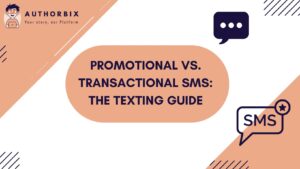
Promotional vs. Transactional SMS: The Texting Guide

5 Best Music Festivals In The World: Must-See Music festival

JEE Main & Advanced: Two Pillars of Engineering in 2024

8 Reasons Why to Personalise Email Address for Business
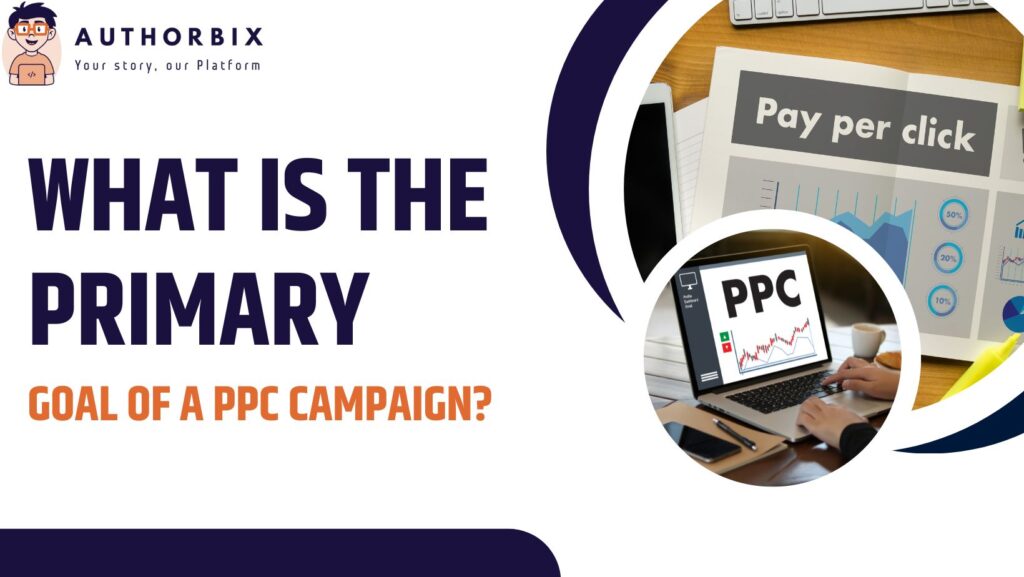
What is the Primary Goal of a PPC Campaign?
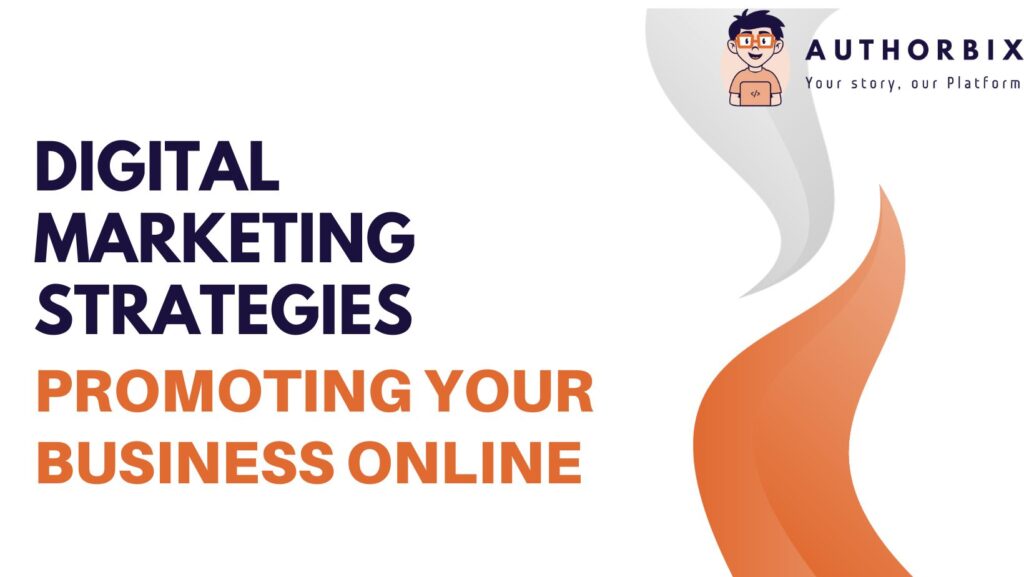
Digital Marketing Strategies and Services: Promoting Your Business Online

How to Learn Web Design from Home: 5 Effortless Steps
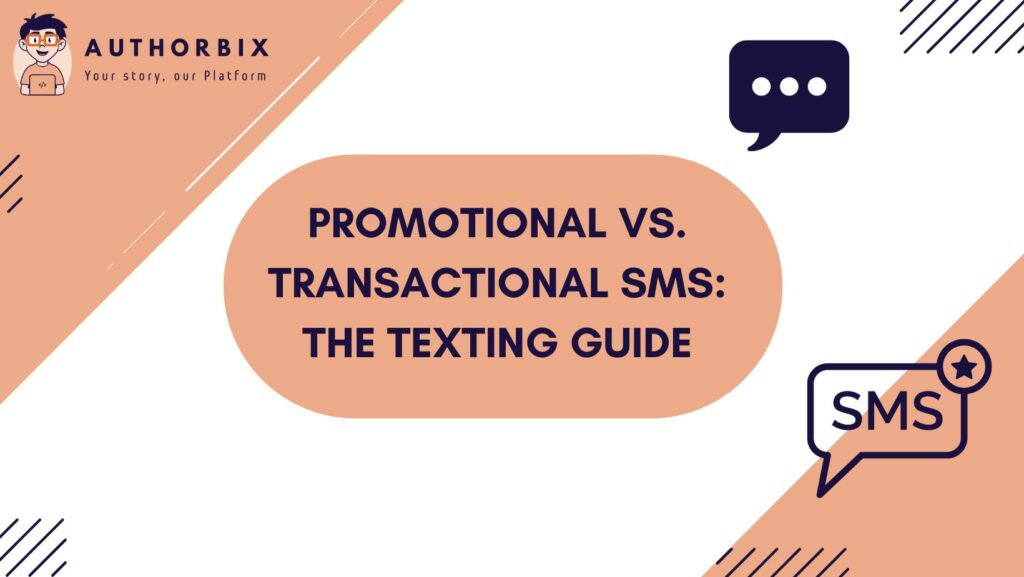
Promotional vs. Transactional SMS: The Texting Guide

5 Best Music Festivals In The World: Must-See Music festival

JEE Main & Advanced: Two Pillars of Engineering in 2024







